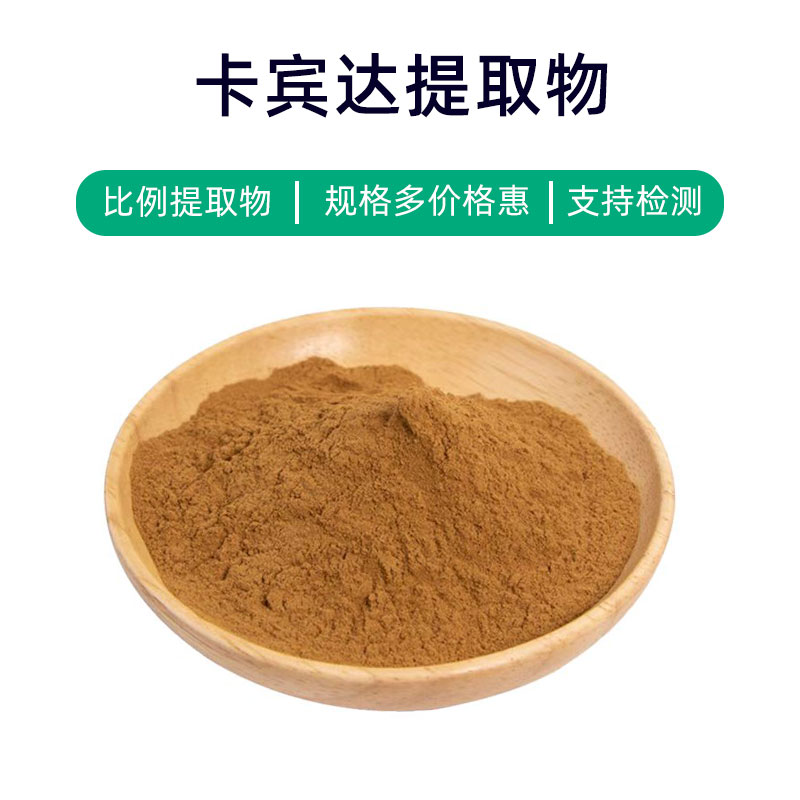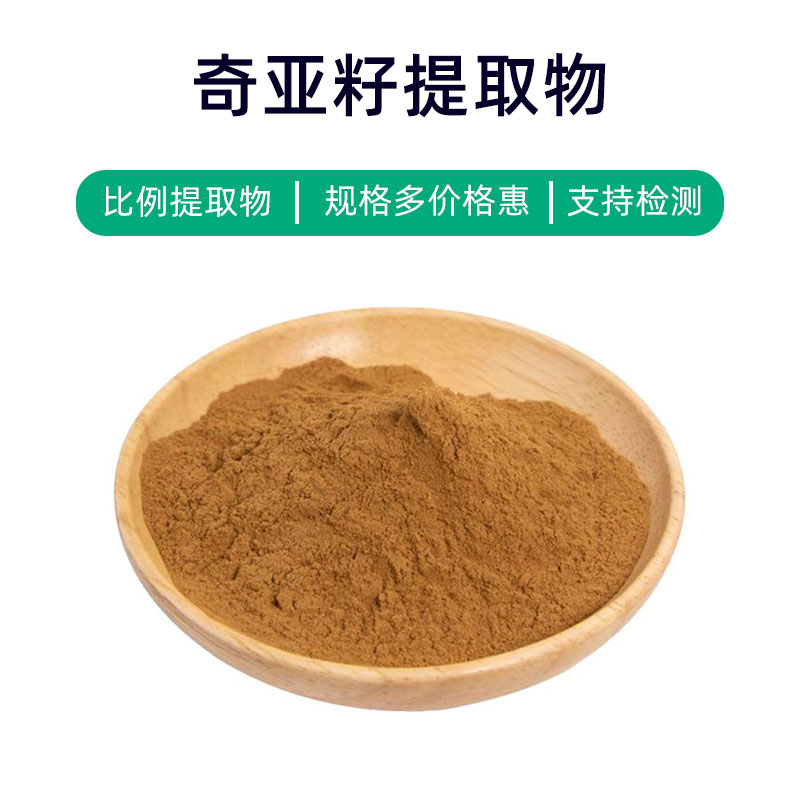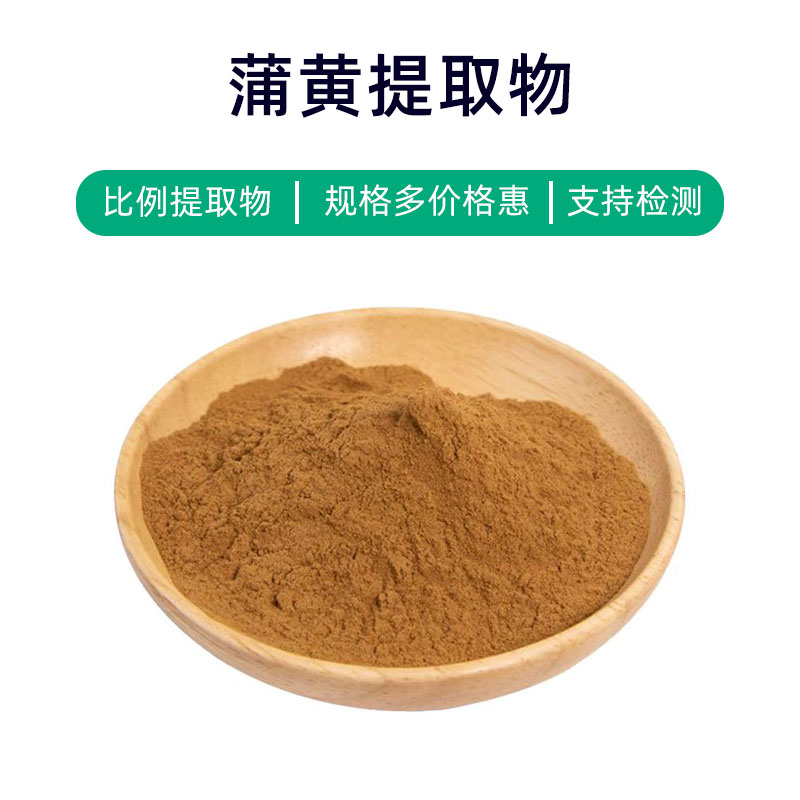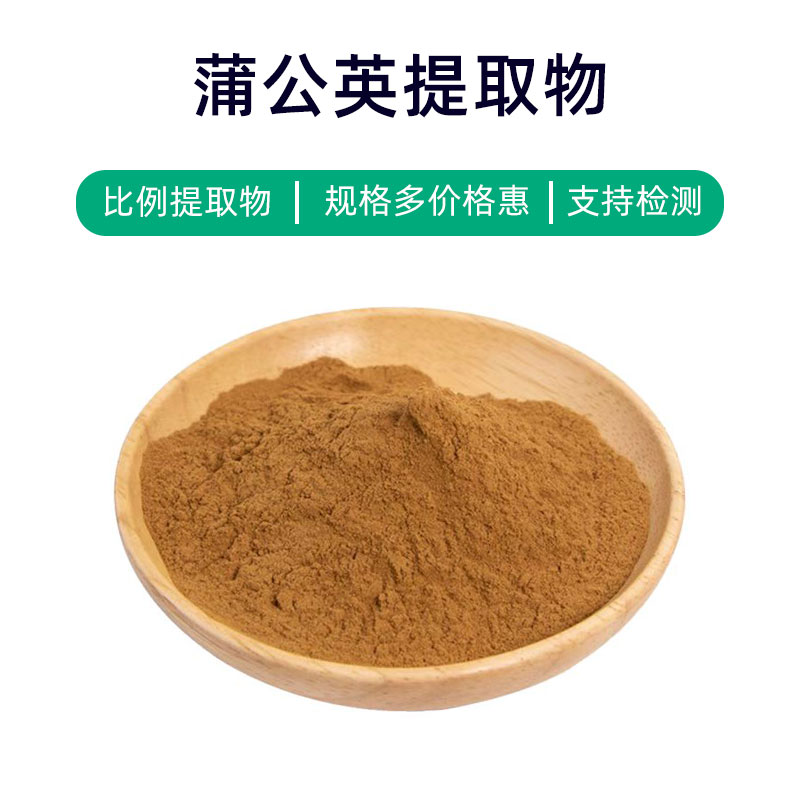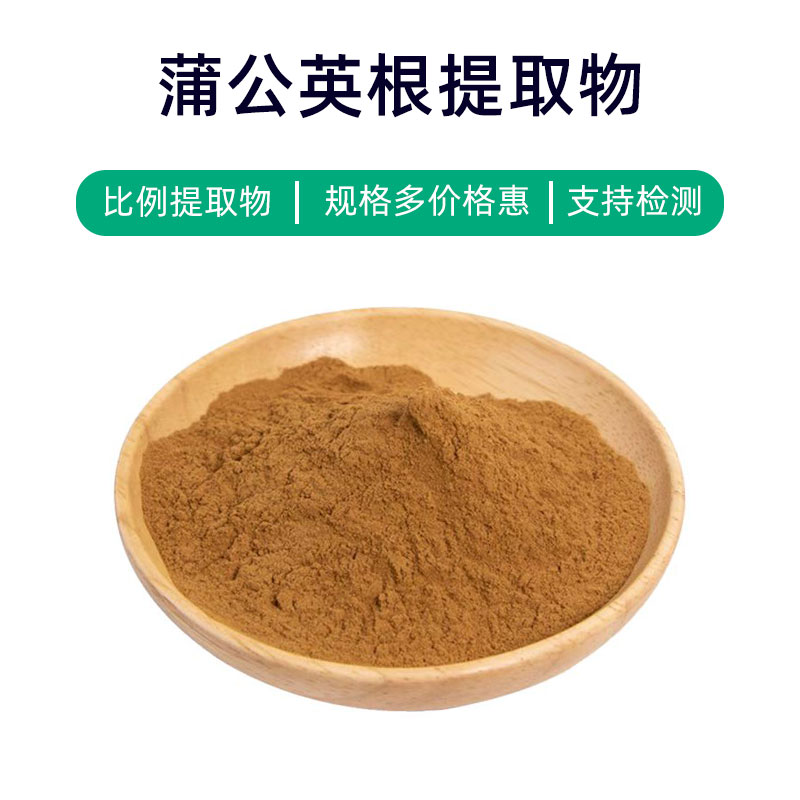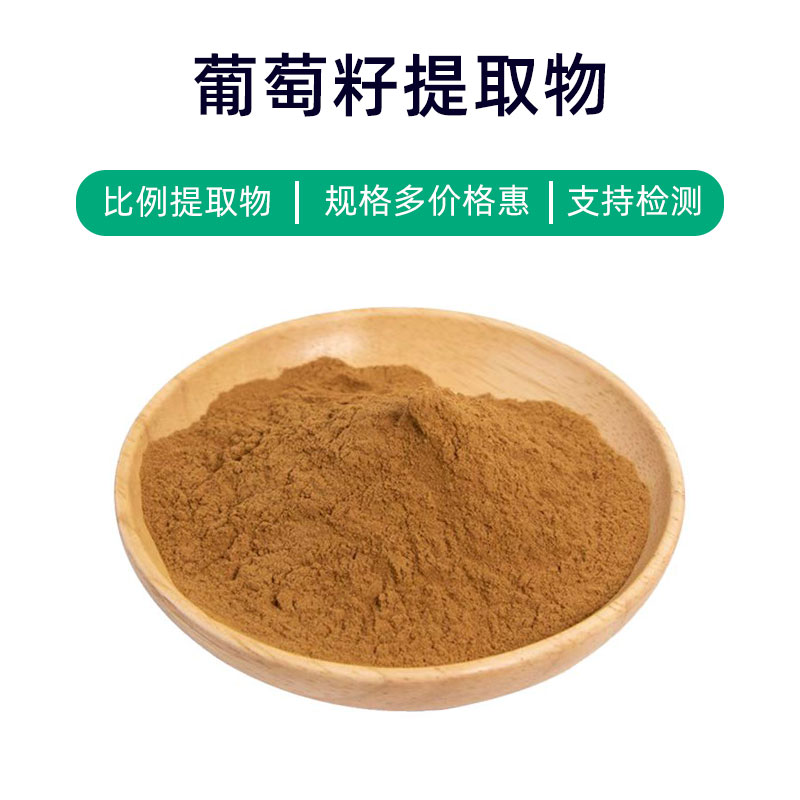Phyllanthus emblica Extract Product Introduction
Phyllanthus emblica extract is a common natural plant extract. Its main components include triterpenoid saponins, polysaccharides, phenolic compounds, etc. It has various effects such as antioxidant, anti - inflammatory, antibacterial, and anti - tumor properties.
- Main Components: The main active components of Phyllanthus emblica extract include triterpenoid saponins (such as schisandrin), polysaccharides (such as algal polysaccharides), and phenolic compounds (such as salvianolic acid and salvianol).
- Effects: Phyllanthus emblica extract has multiple effects, including antioxidant properties, which help neutralize free radicals and delay aging; anti - inflammatory effects, which can relieve inflammation to some extent; antibacterial effects, which can inhibit the growth and reproduction of bacteria and fungi; and anti - tumor effects, which can inhibit certain tumor cells to a certain degree.
- Applications: Phyllanthus emblica extract is widely used in the pharmaceutical field, commonly found in health products, drugs, cosmetics, and other products. In health products, it is often used to regulate immunity, improve sleep quality, and enhance antioxidant ability. In drugs, it is used to treat indigestion, chronic inflammation, and other diseases. In cosmetics, it is used for anti - aging, whitening, and anti - inflammatory purposes.
Phyllanthus emblica extract has good safety and effectiveness. When used in appropriate dosages and methods, it can play a good role in health care and treatment. It is recommended to use it under the guidance of a doctor or a professional to avoid adverse reactions.
Phyllanthus emblica Extract Production Process
The production process of Phyllanthus emblica extract mainly includes the following steps:
- Raw Material Collection: First, high - quality Phyllanthus emblica needs to be collected as the extraction raw material. Usually, mature Phyllanthus emblica fruits are selected.
- Cleaning Treatment: The collected Phyllanthus emblica fruits are cleaned to remove surface impurities and dirt, ensuring the purity and quality of the extract.
- Grinding and Crushing: The cleaned Phyllanthus emblica fruits are ground and crushed into a powder to increase the extraction efficiency.
- Extraction Process: Appropriate extraction methods (such as water extraction, ethanol extraction, supercritical CO2 extraction, etc.) are used to extract the ground Phyllanthus emblica, obtaining the extraction solution.
- Filtration and Concentration: The extraction solution is filtered to remove impurities and then concentrated to enrich the active components in the extract.
- Impurity Removal Treatment: The concentrated extract undergoes further impurity removal treatment to remove residual impurities and unnecessary components.
- Drying to Obtain the Final Product: The extract after impurity removal is dried to obtain the final Phyllanthus emblica extract product.
- Quality Testing and Control: The produced Phyllanthus emblica extract is subjected to quality testing, including component analysis, microbial testing, heavy metal testing, etc., to ensure that the product meets relevant standards and quality requirements.
- Packaging and Storage: The qualified Phyllanthus emblica extract is packaged in a moisture - proof, light - proof, and sealed way and stored in a dry and cool environment, avoiding direct sunlight and high temperatures to maintain the stability and quality of the product.
The above is the main production process of Phyllanthus emblica extract. Each step needs to be strictly controlled to ensure the quality and safety of the final product.
Efficacy, Function, and Side Effects of Phyllanthus emblica Extract
Phyllanthus emblica extract is a common Chinese herbal medicine extract. Its main efficacy and functions include the following aspects:
- Antioxidant Effect: Phyllanthus emblica extract is rich in various natural antioxidant substances, such as polyphenolic compounds and vitamin C, which can neutralize free radicals in the body, protect cells from oxidative damage, and delay aging.
- Immune Regulation: The active components in Phyllanthus emblica extract have the function of regulating the immune system, which can enhance the body's immunity and improve resistance to diseases.
- Anti - inflammatory Effect: Phyllanthus emblica extract contains various components with anti - inflammatory activity, which can effectively relieve inflammatory reactions and reduce discomfort symptoms caused by inflammation.
- Antibacterial and Antiviral Effects: Some components in Phyllanthus emblica extract have antibacterial and antiviral properties, which can inhibit certain bacteria and viruses to a certain extent and help prevent infectious diseases.
- Regulation of Gastrointestinal Function: Phyllanthus emblica extract has a regulatory effect on the gastrointestinal tract. It can promote the secretion of digestive juices, enhance gastrointestinal motility, and improve gastrointestinal problems such as indigestion and gastritis.
- Blood Sugar and Lipid Reduction: Some studies show that the active components in Phyllanthus emblica extract can lower blood sugar and blood lipid levels, having a certain auxiliary effect on regulating blood sugar and lipids.
In terms of side effects, Phyllanthus emblica extract is generally a natural plant extract, and obvious side effects are rare. However, due to individual differences, some people may experience allergic reactions or mild discomfort symptoms, such as gastrointestinal discomfort and skin allergies. Therefore, when using Phyllanthus emblica extract, it is recommended to follow the advice of a doctor or a professional, pay attention to using it in appropriate amounts, and avoid long - term and high - dose use to reduce possible adverse reactions.
Overall, Amla extract offers a variety of health benefits, such as antioxidant, immune-regulating, anti-inflammatory, antibacterial, and gastrointestinal function-regulating properties. It generally has few side effects, making it a safe and effective natural herbal extract.
Amla Extract Applications and Dosage
Amla extract has widespread applications in the pharmaceutical, food, and cosmetic industries. The following is a detailed introduction to its applications and dosage:
- Pharmaceutical Applications:
Amla extract is commonly used in traditional medicine formulations and health supplements. Common applications include:
- Anti-inflammatory and Pain Relief: Used to treat discomfort caused by various inflammations, such as arthritis and gastroenteritis.
- Antioxidant and Anti-aging: Used to delay aging, protect cells, and improve skin aging problems.
- Immune Regulation: Enhances immunity and prevents infectious diseases.
- Gastrointestinal Function Regulation: Improves digestive problems like indigestion and gastritis.
- Blood Sugar and Lipid Regulation: Helps in regulating blood sugar and lipid levels, benefiting individuals with diabetes and hyperlipidemia. Dosage:
The dosage of Amla extract in the pharmaceutical field can be adjusted based on specific conditions and doctor's advice. Common methods of administration include oral intake, topical use, and decoction, with the dosage generally following product instructions or medical recommendations.
- Food Applications:
Amla extract is commonly used as an additive in food products to enhance flavor and nutritional value while providing certain health benefits. Common applications include:
- Sweetening Agent: Due to its sweet components, Amla extract can serve as a natural sweetener to replace some sugar.
- Flavoring Agent: Added to seasonings, beverages, and pastries to enhance taste.
- Health Supplements: Used in the production of health products such as oral liquids and nutritional drinks. Dosage:
When used in food, Amla extract should be blended appropriately based on the type of food and production process, and it should follow food safety standards and regulations.
- Cosmetic Applications:
Amla extract is used as a natural plant extract in cosmetics, providing moisturizing, antioxidant, and anti-inflammatory effects. Common applications include:
- Skin Care Products: Included in creams, lotions, and serums for moisturizing, nourishing, and antioxidant benefits.
- Beauty Products: Used in facial masks, eye creams, and other beauty products to improve skin condition and reduce fine lines and discoloration. Dosage:
When used in cosmetics, Amla extract should be added in proportion to the product type and its intended effects, following cosmetic formulas and production processes.
Overall, Amla extract is widely used in the pharmaceutical, food, and cosmetic industries, with dosage and usage adjusted according to the specific product and purpose to achieve the best effects.
Amla Extract Source Plant Introduction, Distribution, and Growing Environment
Amla (scientific name: Phyllanthus emblica), also known as Indian gooseberry, is a common deciduous tree in the family Phyllanthaceae. It is native to the Indian subcontinent, where it is considered both a traditional herb and a food source. In China, Amla is also widely cultivated and utilized as one of the country's traditional medicinal materials.
The Amla tree grows to about 6-9 meters in height, with a broad crown. Its bark is grayish-white, and its leaves are pinnate with oval or elliptical leaflets. Amla trees are highly ornamental. They are dioecious, meaning that male and female flowers grow on separate plants.
Amla primarily grows in warm, humid climates, preferring sunny, well-drained, and fertile soils. It is adaptable but not well-suited to cold or dry conditions. In China, Amla is widely distributed in the southern regions, such as Jiangsu, Zhejiang, Anhui, Jiangxi, Fujian, Guangdong, and Guangxi provinces.
The Amla fruit is round or oval, about 1-3 cm in diameter, with a smooth surface. The fruit is yellow to light red when ripe and has a sour-sweet flavor. It is rich in Vitamin C and other beneficial compounds, making it popular in medicinal and food processing applications. In addition to the fruit, the leaves, roots, and bark of Amla also have medicinal value and are commonly used in traditional medicine formulations.
Overall, Amla is a commonly used herb and food material, native to India and widely distributed in southern China. It thrives in warm, humid environments and offers rich medicinal and nutritional value, making it an important medicinal material and supplement ingredient.
Amla Extract Processing and Storage
The processing of Amla extract includes the following steps: first, collected Amla fruits are cleaned and dried. Then, they are ground into powder or granules. Next, appropriate extraction methods (such as water extraction, ethanol extraction, or supercritical CO2 extraction) are used to obtain the extract or extract liquid. Finally, the extract is filtered, concentrated, purified, and dried to produce the final Amla extract product.
For storage, Amla extract should be kept in a dry, cool, and well-ventilated environment, avoiding direct sunlight and high temperatures. It is recommended to use sealed containers to prevent moisture and contaminants. Regular quality checks should be performed to ensure the stability and safety of the product.
Monica Sun is a seasoned expert in the plant extraction industry with over a decade of experience in research and production. She specializes in the extraction and purification of plant active ingredients, focusing on driving innovation in natural product applications. Monica has participated in the development of multiple functional plant extracts, delivering high-value natural raw material solutions for the health food, pharmaceutical, and dietary supplement sectors.









